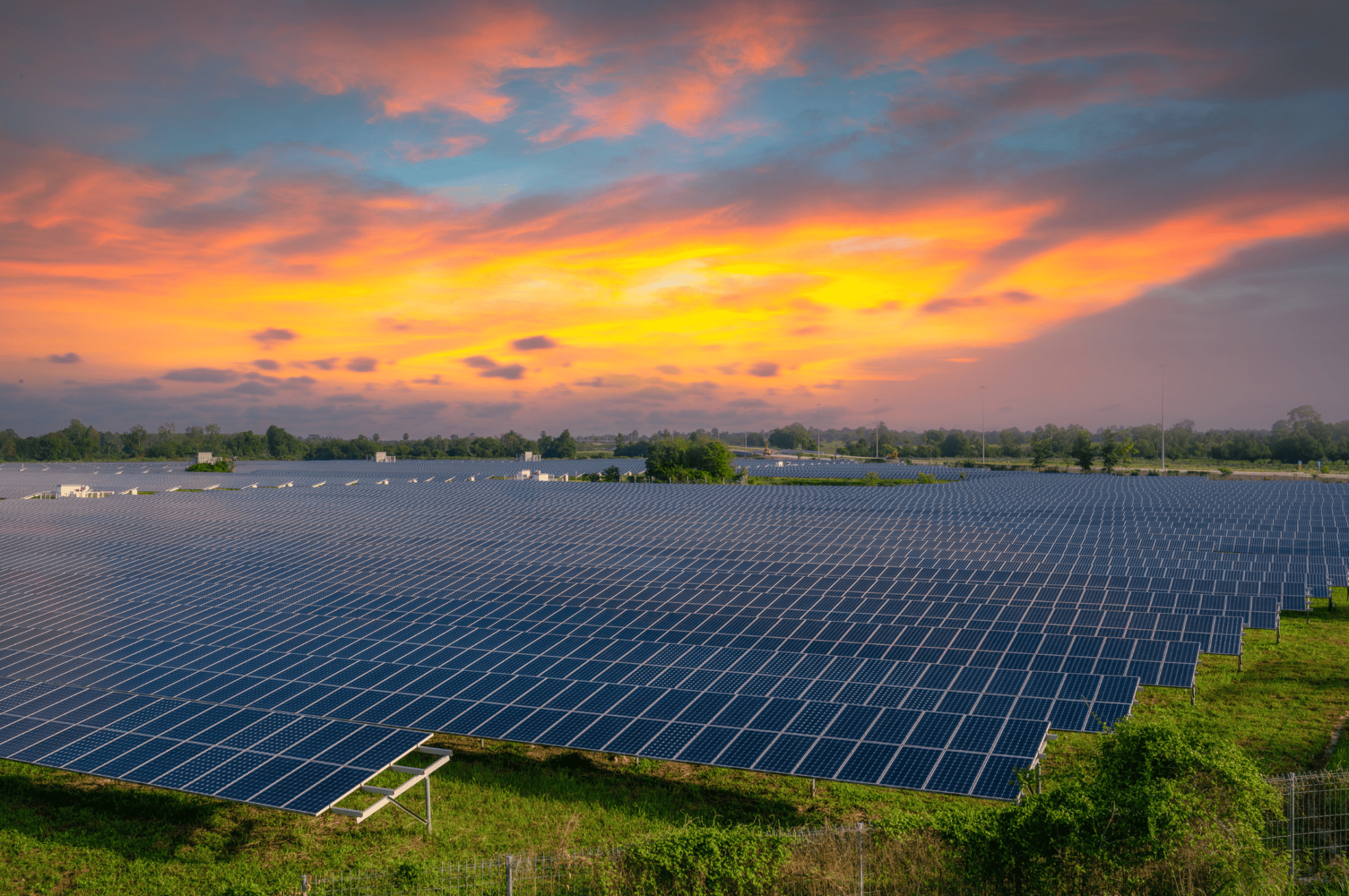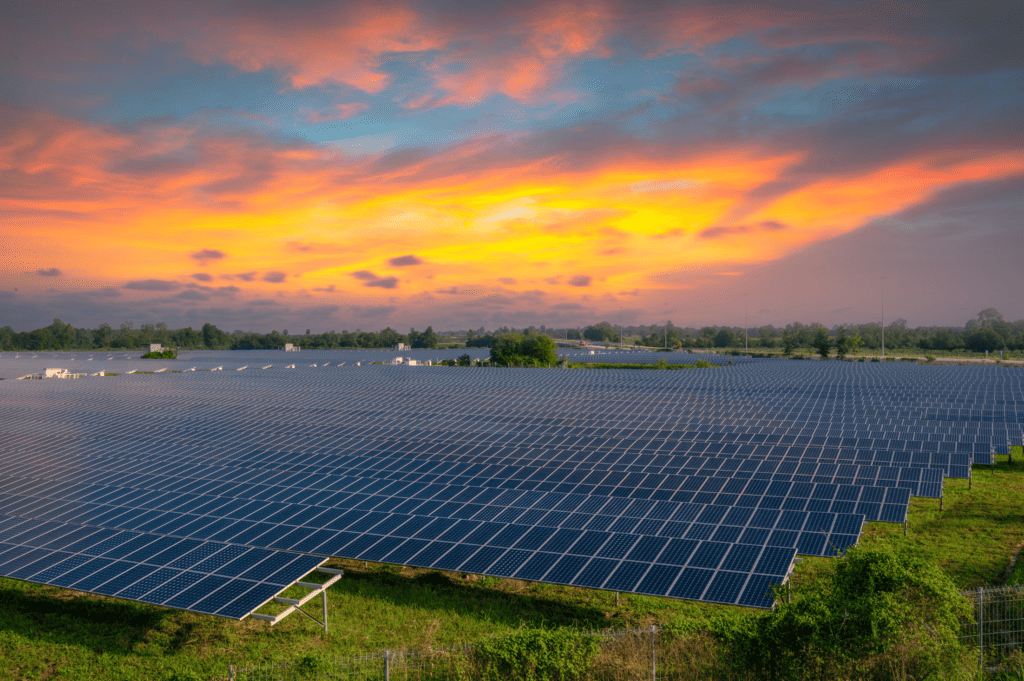

Client Overview:
The brief from our client was to prepare an application for the construction and operation of a solar photovoltaic farm including fencing, internal service tracks, inverter and transformer stations, cabling, CCTV, landscaping and customer substation and ancillary cabins at site in Nottinghamshire.
A full detailed assessment of the site and its environment, the proposed development and environmental reporting was required to support the application. The application was prepared, submitted and managed by the Planning Team at Planning & Design Practice Ltd.
Site Location for the Solar Farm:
The gently domed rectangular field measures approximately 6.7 hectares, having a high point of 32m above ordnance datum and was once a gravel pit that was restored by the landfilling of inert waste material in the 1970s, 80s and 90s to grazing land.
The application site is located within the Nottingham-Derby Green Belt and lies within Flood Zone 1 (low risk of flooding). Vehicular access is gained directly off a dual carriage way via a short deceleration slip road. Once off the main carriageway the slip lane turns immediately left onto an unbound, single-lane track.
Design and Placement:
The solar farm will have a capacity of up to 4.2MW and will produce renewable electricity obtained directly from the sun using photovoltaic technology. The solar farm will comprise the following:
- Photovoltaic (PV) panels and associated supporting frames and ground mounting;
- Inverter and transformer stations (housed in prefabricated containers)
- On-site DNO substation plus customer substation;Below ground cabling linking inverter and transformer stations to the substations;
- Perimeter fencing and infra-red CCTV;
- Internal service roads;
- Temporary set down area; and
- Scheme of landscaping.
The panels will be arranged in rows in an east-west alignment across the site and will be angled at 25° to the horizontal and orientated south. All panels will be mounted on frames, having a portrait orientation.
The maximum height of the panels will be 2.33m above ground level; the lowest part of the panel will measure approximately 0.9m above ground level. The rows of panels will be set up to approximately 3.7m apart to avoid shadowing and allow for scheduled maintenance.
Environmental Impact and Sustainability:
The 6.7ha solar farm will have the capacity to generate approximately 4.2MW of electricity, enough to power up to 952 homes per year and offset over 1,790 tonnes of CO2 every year, the equivalent of taking 747 cars off the road. The solar farm will make a valuable contribution to the reduction of carbon emissions.
It is anticipated that the solar farm will take up to 3 months to construct and will have an operational life of 25 years. Following construction of the solar farm, the site will be seeded with an appropriate grassland mix. As detailed by the Planning Team in their submission, the project will constitute a sustainable form of development in accordance with the aims of the National Planning Policy Framework and the government’s overall aim of meeting the net zero target by 2050.
Regulatory Compliance:
National planning policy is strongly in favour of renewable energy developments. Section 14 ‘Meeting the challenge of climate change, flooding and costal change’ of the National Planning Policy Framework (NPPF) sets out the key considerations in respect of climate change, stating the Government’s belief that this is not simply an environmental matter, but one which encompasses social, economic and environmental issues.
With regard to the Green Belt designation, national planning policy states “When located in the Green Belt, elements of many renewable energy projects will comprise inappropriate development. In such cases developers will need to demonstrate very special circumstances if projects are to proceed. Such very special circumstances may include the wider environmental benefits associated with increased production of energy from renewable sources.”
Conclusion:
It was successfully argued that the project will make a meaningful and valuable contribution to cutting greenhouse gases and to meeting the UK’s renewable energy targets, and this factor should attract substantial weight in the overall planning balance. The very special circumstances necessary to justify the proposal were demonstrated, in this case, and therefore the scheme did not conflict with local or national Green Belt policies.
Solar farms are a well-established technology, providing a source of safe and clean energy which produces zero emissions when in operation. Solar energy is not only sustainable, it is renewable, meaning that we will never run out of it. It also enjoys the highest levels of public support for renewable energy in the UK, with 85% of the public in favour.
Key Contact: Andrew Stock, Associate Director
Project Team: Andrew Stock & Richard Pigott – Planning


